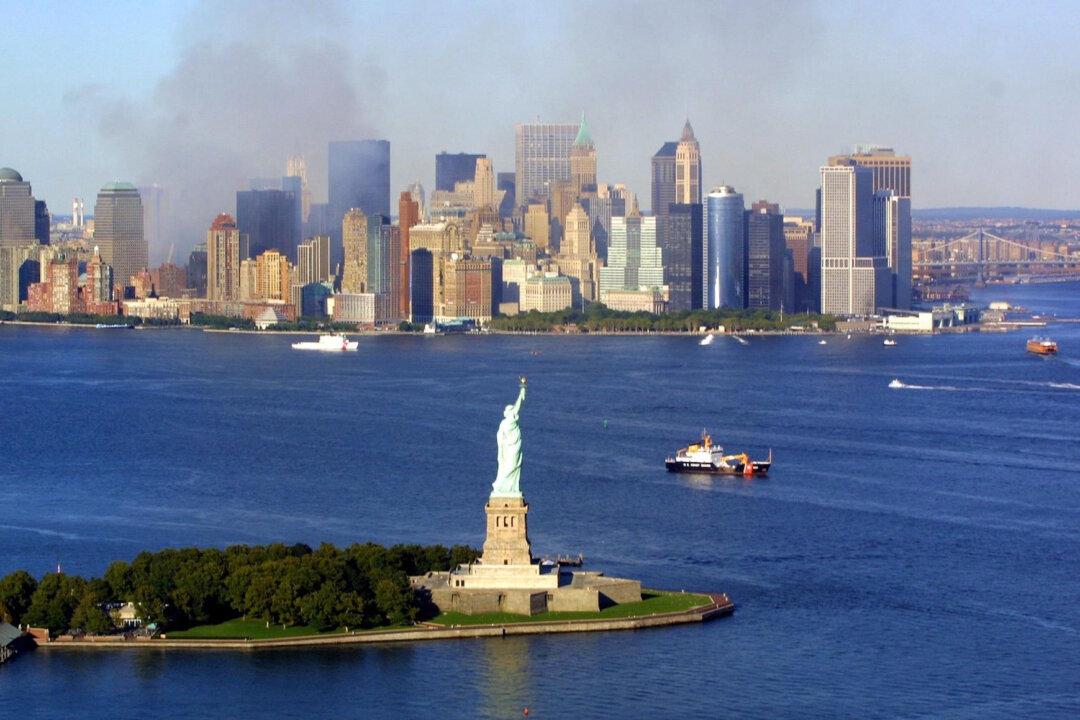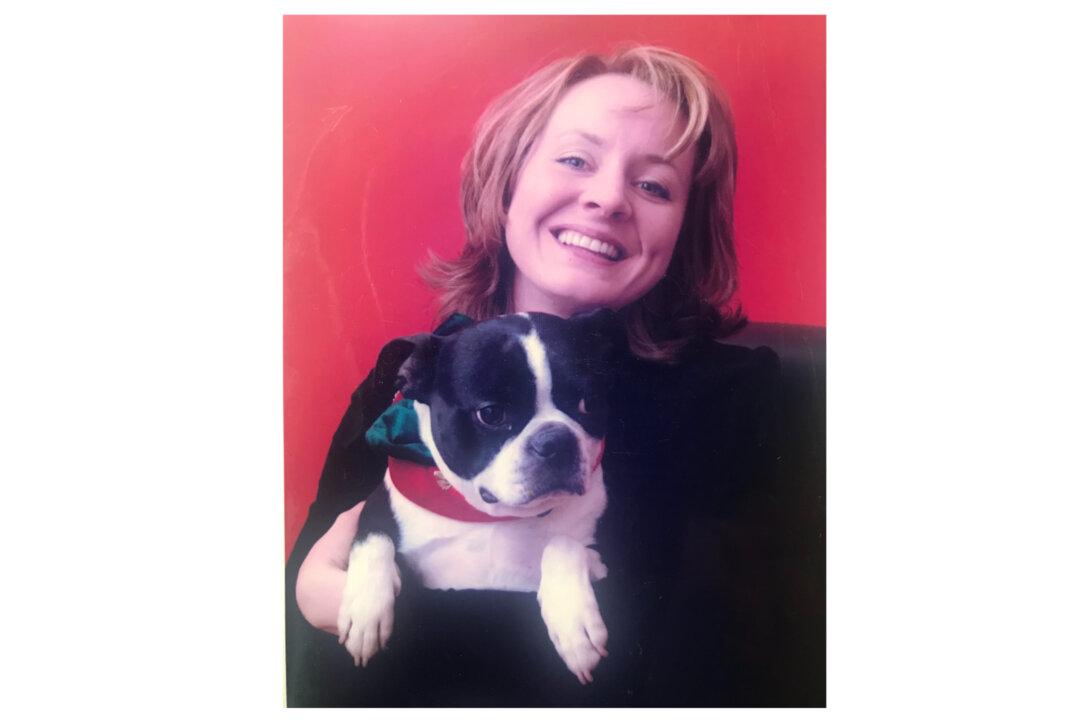On the morning of Sept. 11, 2001, my husband and I were awakened by a huge explosion that shook our building. We ran to the terrace on the 24th floor of our apartment building just six blocks from the World Trade Center to see thick black smoke coming from the North Tower. Then a second plane came roaring overhead and struck the South Tower. The impact hurled us backward into our living room and knocked us unconscious. When we came to, we grabbed our dog and quickly evacuated our building. Barefoot and still wearing pajamas, we sought safety in nearby Battery Park. But the nightmare continued. The towers soon fell, covering us with toxic dust and debris, and heavy smoke surrounded us in a deadly cloud.
We were trapped. We desperately needed to get off the island.

